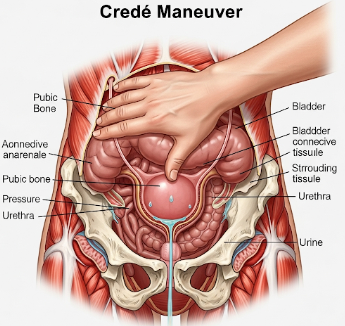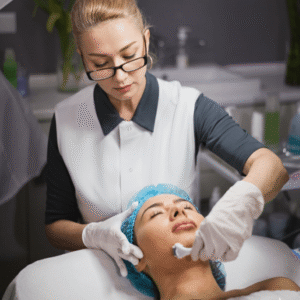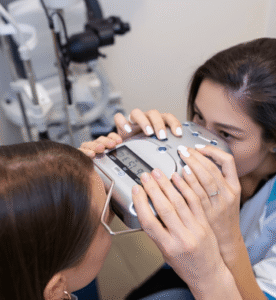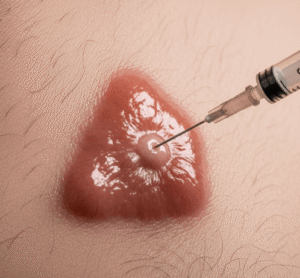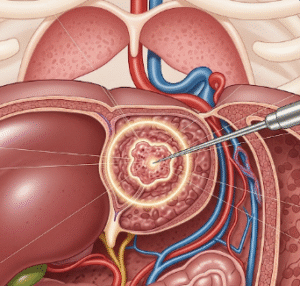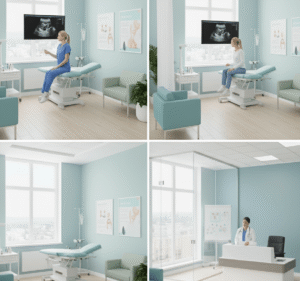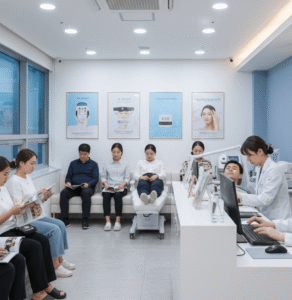Overview
The Credé Maneuver is a manual bladder-emptying technique used primarily in patients who cannot fully empty their bladder due to neurogenic bladder, spinal cord injury, or other urinary retention conditions. Named after the German obstetrician Carl Siegmund Franz Credé, this maneuver involves gentle, guided pressure over the lower abdomen to facilitate urination without invasive catheters.
In South Korea, the Credé Maneuver is employed in rehabilitation centers, urology clinics, and home care settings as part of a comprehensive urinary management plan, particularly for patients with chronic conditions or post-surgical bladder dysfunction.
What is the Credé Maneuver?
The Credé Maneuver is a non-invasive technique to assist bladder emptying. It involves:
- Applying gentle downward pressure on the lower abdomen, just above the pubic bone
- Compressing the bladder to help urine flow through the urethra
- Often combined with timed voiding schedules or intermittent catheterization
Indications include:
- Neurogenic bladder dysfunction (e.g., spinal cord injury, multiple sclerosis)
- Chronic urinary retention
- Postoperative urinary difficulties
- Pediatric patients with certain congenital anomalies
Purpose:
- Facilitate complete bladder emptying
- Reduce the risk of urinary tract infections (UTIs) caused by residual urine
- Improve urinary function and comfort
- Reduce dependency on indwelling catheters
What are the Benefits?
The Credé Maneuver offers several practical and clinical advantages:
✔ Non-invasive and simple to perform.
✔ Reduces the risk of urinary tract infections compared to indwelling catheters.
✔ Enhances bladder emptying and reduces residual urine volume.
✔ Can be taught for home use with caregivers or patients themselves.
✔ Improves patient independence and quality of life.
Procedure Details
1) How should I prepare for the Credé Maneuver?
- Medical evaluation: Assessment by a urologist to determine suitability
- Bladder assessment: Ultrasound or post-void residual measurement to evaluate effectiveness
- Hygiene: Ensure hands are clean; consider a clean environment to reduce infection risk
- Positioning: Patient typically lies supine with knees slightly bent or sits upright if comfortable
- Instructions: Patient or caregiver should understand correct hand placement and pressure technique
South Korean rehabilitation and urology centers provide personalized instruction and demonstrations to ensure safe and effective application.
2) What happens during the Credé Maneuver?
- Hand placement: Place the palm or fingers just above the pubic bone on the lower abdomen
- Pressure application: Apply gentle, steady downward pressure toward the bladder while the patient relaxes the pelvic floor
- Coordination with urination: Pressure may be combined with attempted voluntary voiding or timed bladder exercises
- Monitoring: Observe urine flow, comfort, and any signs of discomfort or bladder overdistension
Korean healthcare providers emphasize gentle, controlled pressure to avoid abdominal or bladder injury, especially in patients with weakened or neurogenic bladders.
3) What happens after the Credé Maneuver?
- Immediate observation: Ensure the bladder is empty and patient is comfortable
- Hygiene care: Wipe and clean the genital area if necessary
- Follow-up assessment: Ultrasound or bladder scan may be performed to check residual urine
- Repetition: The maneuver may be repeated several times per day as advised by the physician
- Documentation: Record urine volume, frequency, and any discomfort for monitoring progress
Risks / Benefits
Potential Risks:
- ➤ Abdominal discomfort or mild pain if pressure is excessive
- ➤ Risk of bladder or urethral injury in rare cases
- ➤ Potential for increased urinary reflux if performed improperly
- ➤ Incomplete emptying in patients with severe bladder dysfunction
Major Benefits:
- ✔ Safe, non-invasive alternative to catheterization
- ✔ Reduces residual urine and lowers infection risk
- ✔ Can be performed at home or in clinical settings
- ✔ Empowers patients to manage urinary retention independently
- ✔ Cost-effective and simple to teach caregivers
Recovery and Outlook
- Immediate: Patients may experience a sense of complete bladder emptying and relief
- Short-term: Continued use improves bladder management and urinary flow
- Long-term: Can reduce the need for long-term catheterization, prevent urinary tract infections, and support independent bladder care
- Monitoring: Regular follow-ups with a urologist in South Korea ensure proper technique, prevent complications, and evaluate bladder health
When To Call the Doctor
Seek medical advice if:
- ➤ Persistent pain or abdominal discomfort during or after the maneuver
- ➤ Blood in urine or unusual urinary symptoms
- ➤ Signs of infection (fever, foul-smelling urine)
- ➤ Inability to void despite multiple attempts
- ➤ Any sudden changes in bladder function
Best Korea Option / Process
South Korea provides expert guidance and training for the Credé Maneuver as part of comprehensive urinary care:
- Specialized urology and rehabilitation centers with experienced professionals
- Training programs for patients and caregivers for safe home practice
- Integration with other bladder management strategies, including intermittent catheterization and pelvic floor therapy
- Monitoring with advanced imaging such as ultrasound to assess residual urine
- High standards of hygiene, patient education, and follow-up care
Top hospitals and centers in Korea:
- Samsung Medical Center, Seoul – Urology & Rehabilitation Division
- Asan Medical Center, Seoul – Urology Clinic
- Severance Hospital (Yonsei University Health System) – Bladder Dysfunction Program
- Seoul National University Hospital – Neuro-Urology Department

